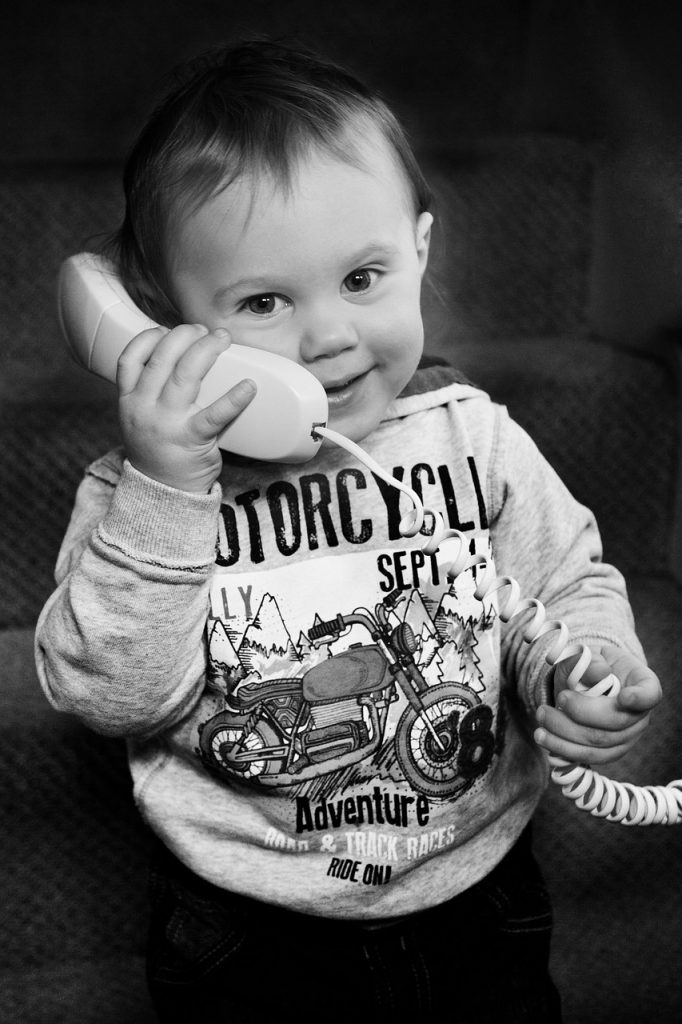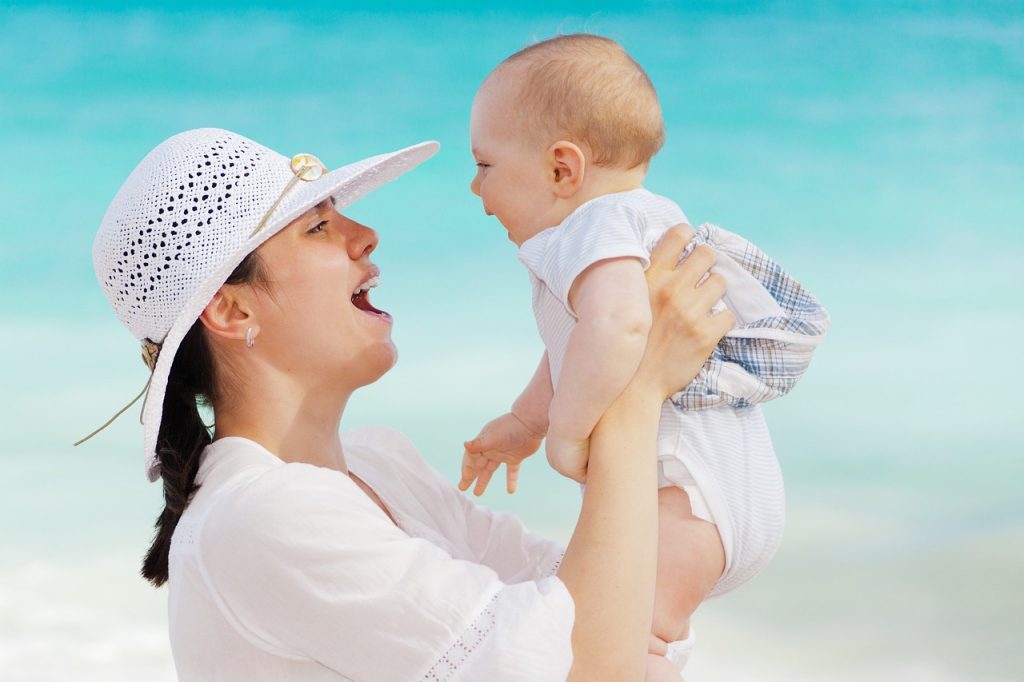Your cart is currently empty!
Benefits of Baby Signing

What is baby signing?
Baby signing uses simplified gestures to enable babies to communicate before they can talk (Doherty-Sneddon, 20081). Babies typically speak their first words at around 10-11 months yet are thought to be capable of making signs from as early as 6 months (Lillo-Martin and Henner, 2021)2. For hearing children, signing provides a stop gap between non-verbal gestures and sounds to full speech.

Parental Bond
Babies that can communicate early are subsequently able to have more frequent and meaningful interactions. Research suggests that this could enhance the parent-child bond by improving parent responsiveness to a baby’s non-verbal cues (Kirk et al., 2013)3.

Strong Socialisation
Signing has the potential to contribute to a baby’s understanding of language complexities beyond their own needs. In their 2003 study, Pizer4 found that families used signs to convey requests to their children, or public cues for politeness such as please and thank you. In doing so, parents demonstrated how to communicate in socially appropriate ways, therefore integrating their children into society more effectively.

Reduced Frustration
Baby signing may enable parents to understand a baby’s needs more quickly than if relying on verbal speech. For example, a baby is likely to have the motor skills required to sign for milk before they can speak the word. Faster understanding may lead to increased efficiency in meeting babies’ needs, which in turn may reduce frustration in both babies and parents.

Improved Self-Esteem
Being understood is highly validating for a baby, affirming their place in the world and their ability to communicate with the people around them. The act of signing a request and being understood can boost self-esteem both for the child and the parent.
- Doherty-Sneddon, G. (2008). The great signing debate. The Psychologist, 21(4), pp. 300 – 303. ↩︎
- Lillo-Martin, D., Henner, J., (2021). Acquisition of Sign Languages. Annual Review of Linguistics, 7(1), pp. 395–419. ↩︎
- Kirk, E., Howlett, N., Pine, K. J., & Fletcher, B. (2013). To sign or not to sign? The impact of encouraging infants to gesture on infant language and maternal mind-mindedness. Child Development, 84(2), pp. 574–590. ↩︎
- Pizer, G., (2003). Baby signing as language socialization: The use of visual-gestural signs with hearing infants. Texas Linguistic Forum, 47, pp. 165–171. ↩︎
